Mars Perseverance Rover: Nasa mission blasts-off from Florida
- Published
- comments
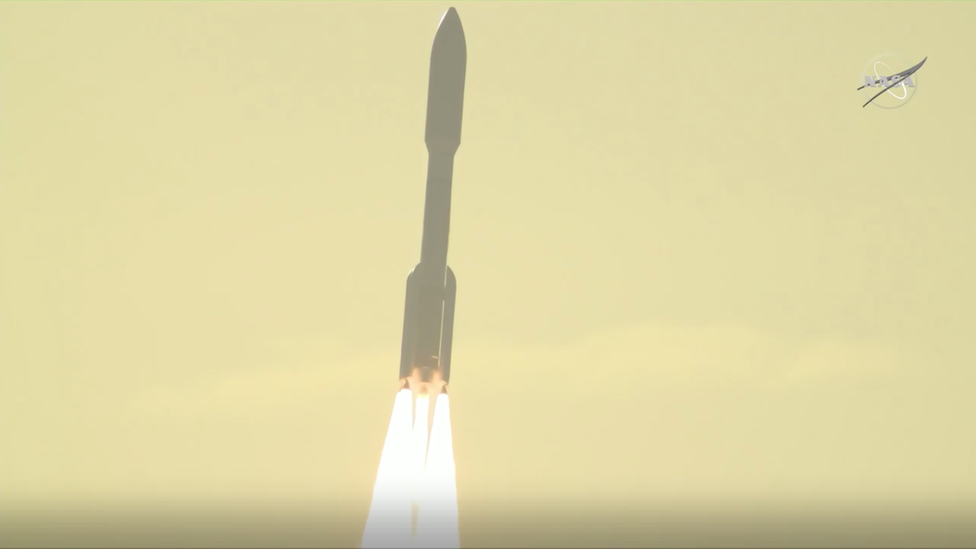
The Atlas 5 rocket carrying Perseverance blasts off from Cape Canaveral
Nasa's Perseverance robot has blasted off for Mars on an Atlas 5 rocket.
The one-tonne, six-wheeled rover will try to detect life on the Red Planet once it completes its eight-month journey.
When it lands, the Nasa robot will also gather rock and soil samples to be sent home later this decade.
Perseverance is being targeted at a more-than 40km-wide, near-equatorial bowl called Jezero Crater.
Satellite images suggest this held a lake billions of years ago, and scientists say the rocks that formed in this environment may contain evidence of past microbial activity on Mars.
Why is the Perseverance lander so important?
The rover is the largest, heaviest, most sophisticated vehicle Nasa has ever sent to Mars. It's also the third mission to Mars launched this month - with China and the UAE sending missions to the Red Planet recently.
The mission will last at least one Mars year which is about 687 Earth days.
"We will get closer than ever before to answering some of science's longest-standing question about the Red Planet, including whether life ever arose there," said Lori Glaze, Nasa's planetary science director.
The rover will also be taking a piece of Mars back home. A tiny meteorite called Sayh al Uhaymir has been in London's Natural History Museum for the last few years, but it'll be going back home so that the astronauts can compare their findings next to the meteorite.
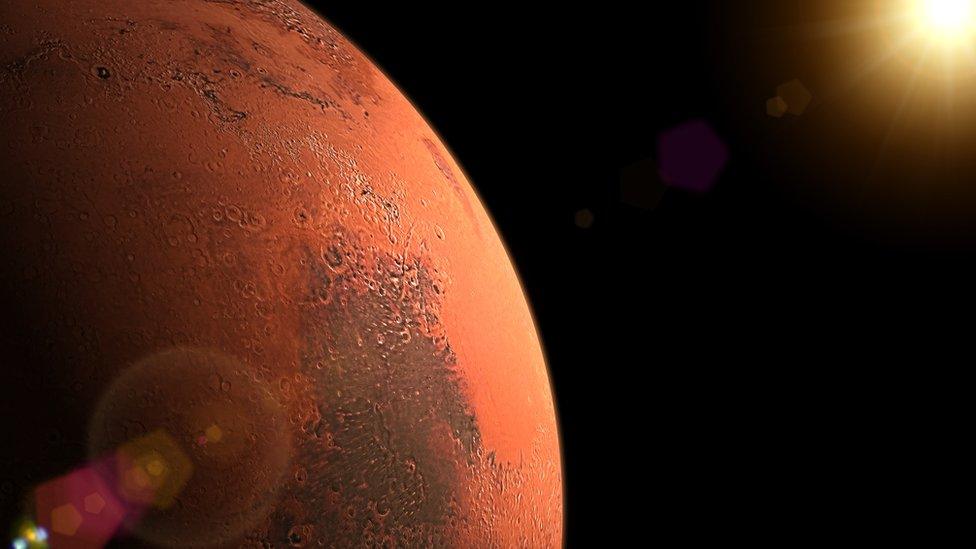
Mars mission top facts!
Looking for life
It'll be landing near the Jezero Crater, it's 28 miles wide! Between three and four billion years ago a river flowed through it, and the rover will be trying to spot any signs of things that might have lived there.
Climate information
The rover will have really sophisticated equipment, which means it'll be able to spot the origin of some of the rocks there.
That will help scientists understand why Earth and Mars are so different.
Sending samples
It is hoped that samples the rover collects will be able to be collected to and brought back to Earth to be studied. The rover will cut chunks of rock and store them in tubes ready to be left at a drop off point. Nasa and the ESA are planning a mission to collect the samples from the surface of Mars to bring them back so scientists can actually look at them close up.
First controlled flight
Perseverance take a helicopter Ingenuity with it which will be the first aircraft to fly in a controlled way on another planet.
Caught on camera
The rover will have 19 cameras on board, and there will be four more on the spaceship - more than any mission in history! Which means people will be able to get to see it landing and watch some of the activities and tasks it does.
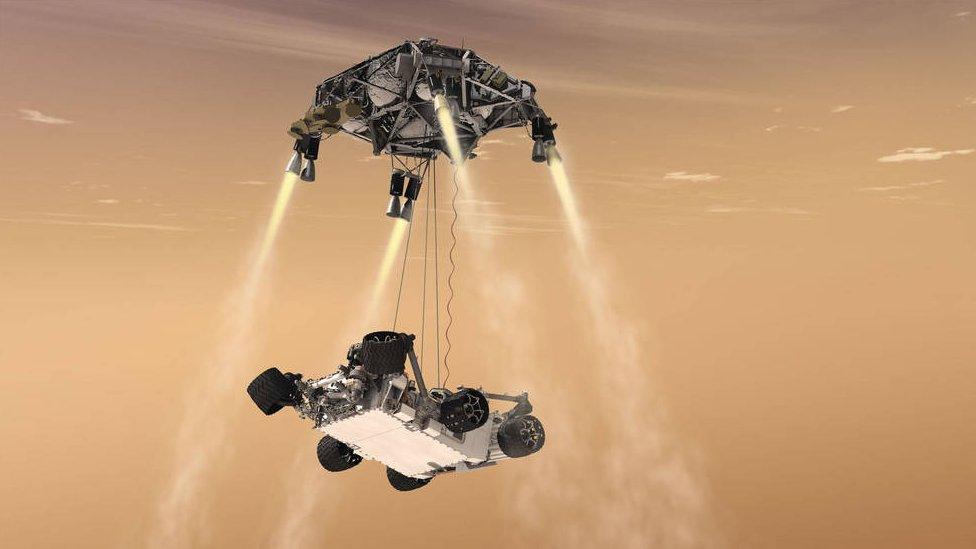
This is an artist's impression of how the rover will be gently lowered on to the surface of Mars
Earth v Mars - how do they compare?
Length of the year
Earth: 365 days
Mars: 687 days
Number of moons
Earth: 1
Mars: 2
Difference in gravity
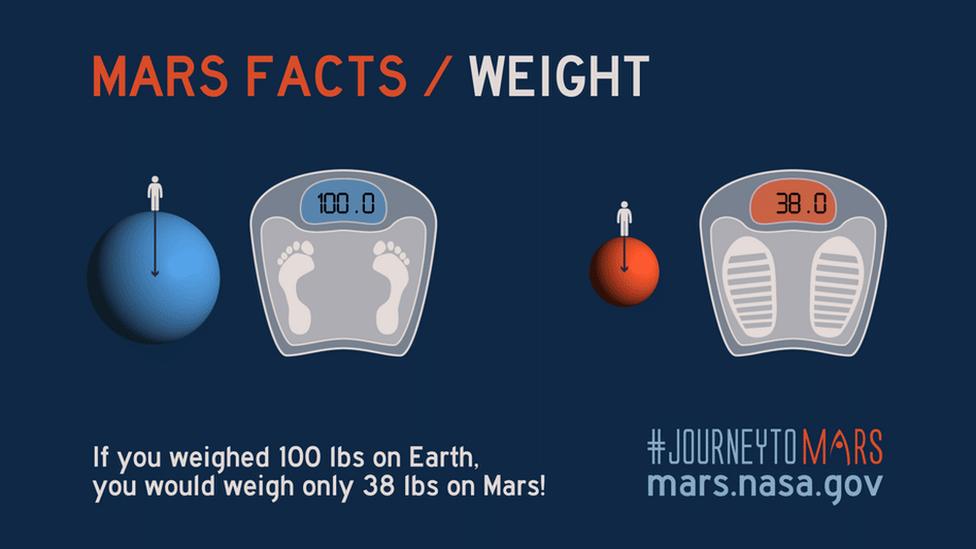
Mars is a lot smaller than Earth, its mass is only about a tenth of Earth's mass and gravity on the surface of the planet is much lower than on Earth. That would make your weight on Mars decrease relative to your weight on Earth.
So if you weighed 100 lbs (45kg) on Earth, you would only weigh 38 lbs (17kg) on Mars!
- Published23 July 2020
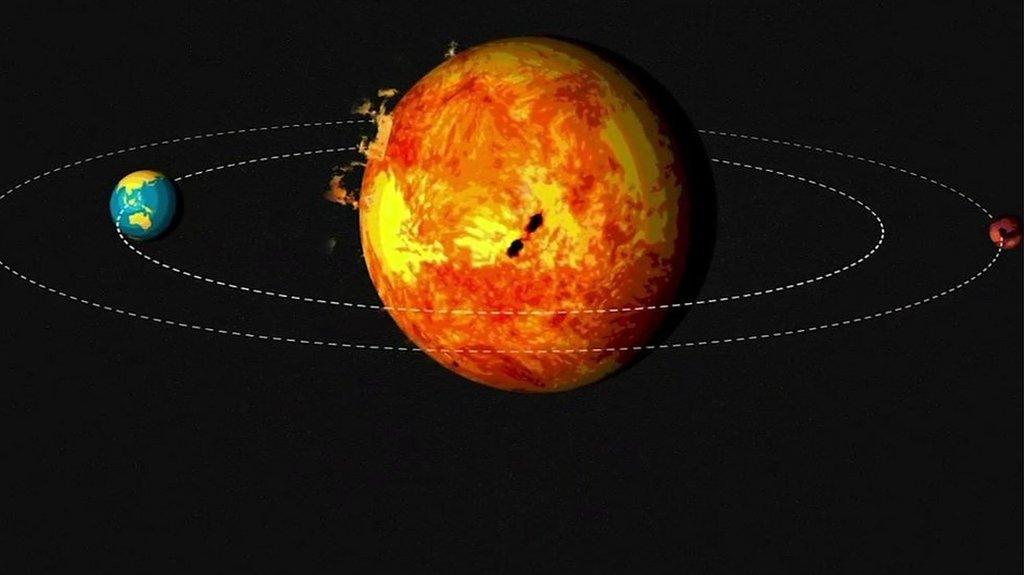
- Published11 April 2019
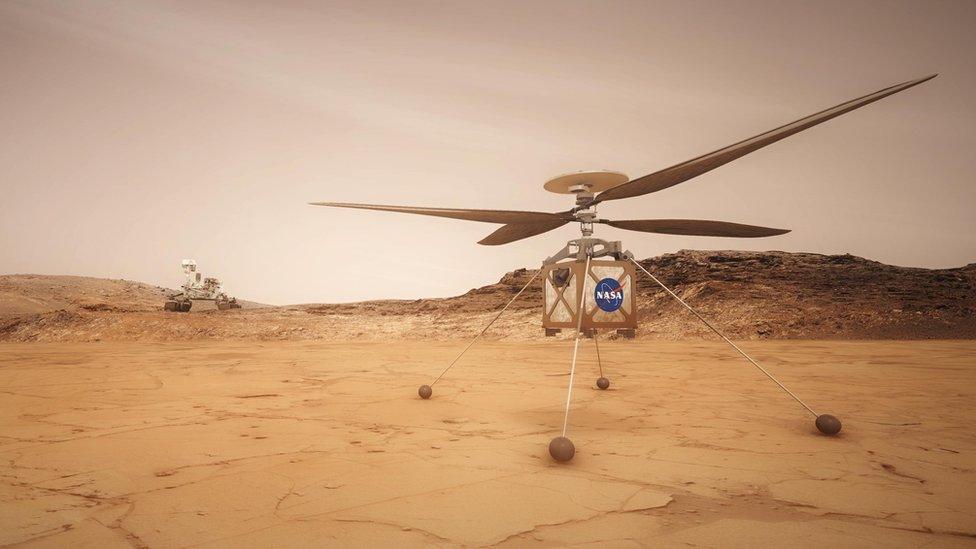
- Published24 May 2020
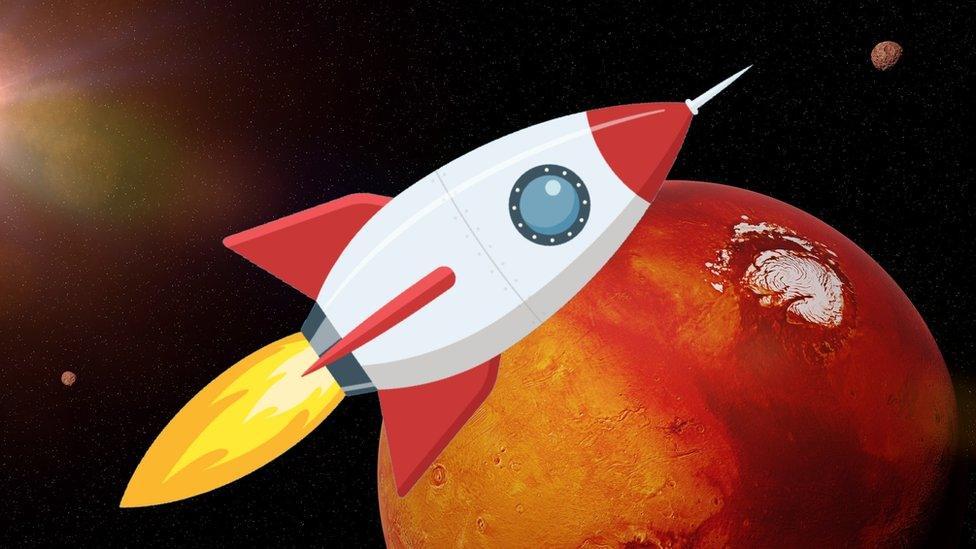
- Published31 March 2020
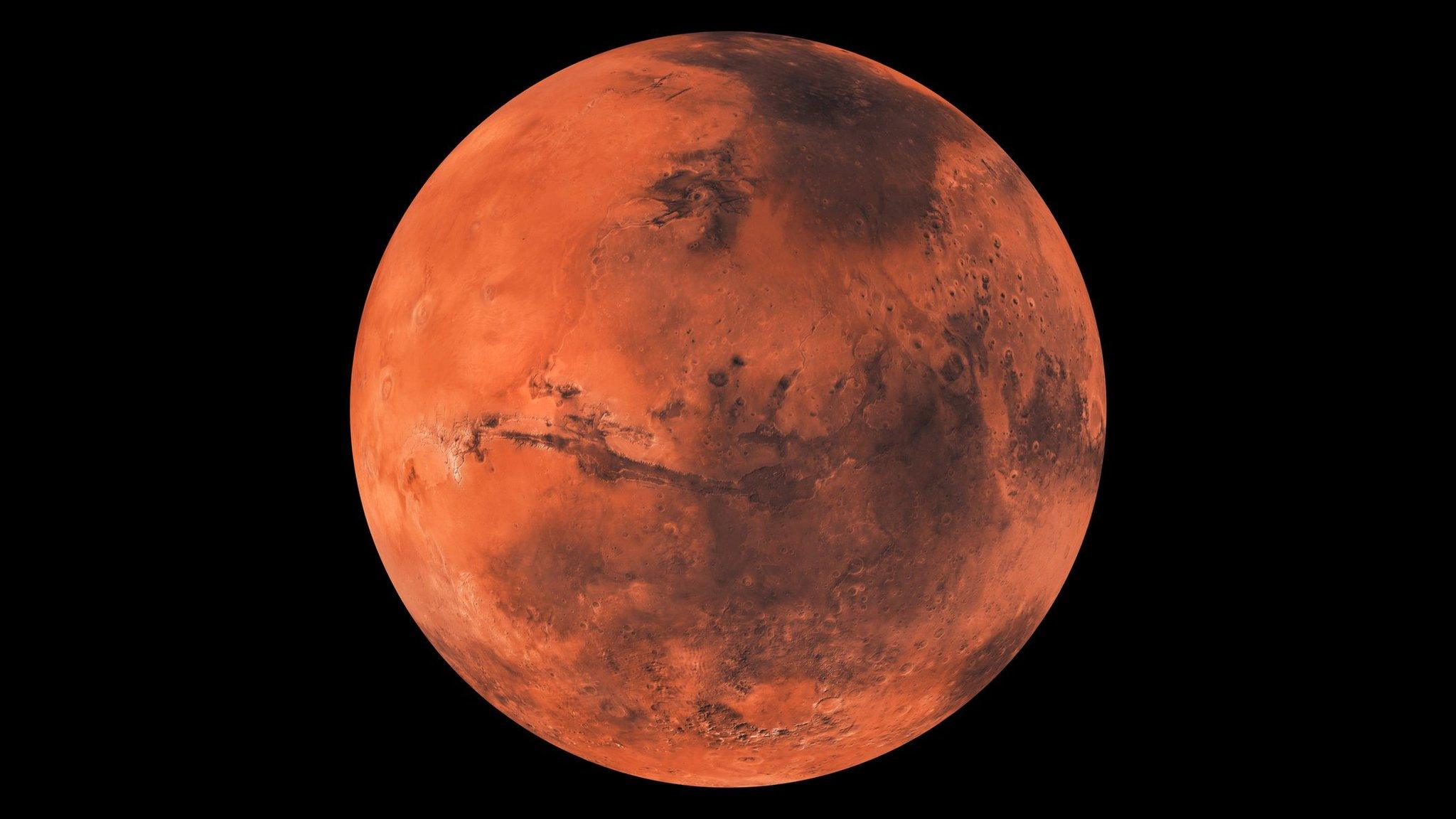
- Published23 October 2021

